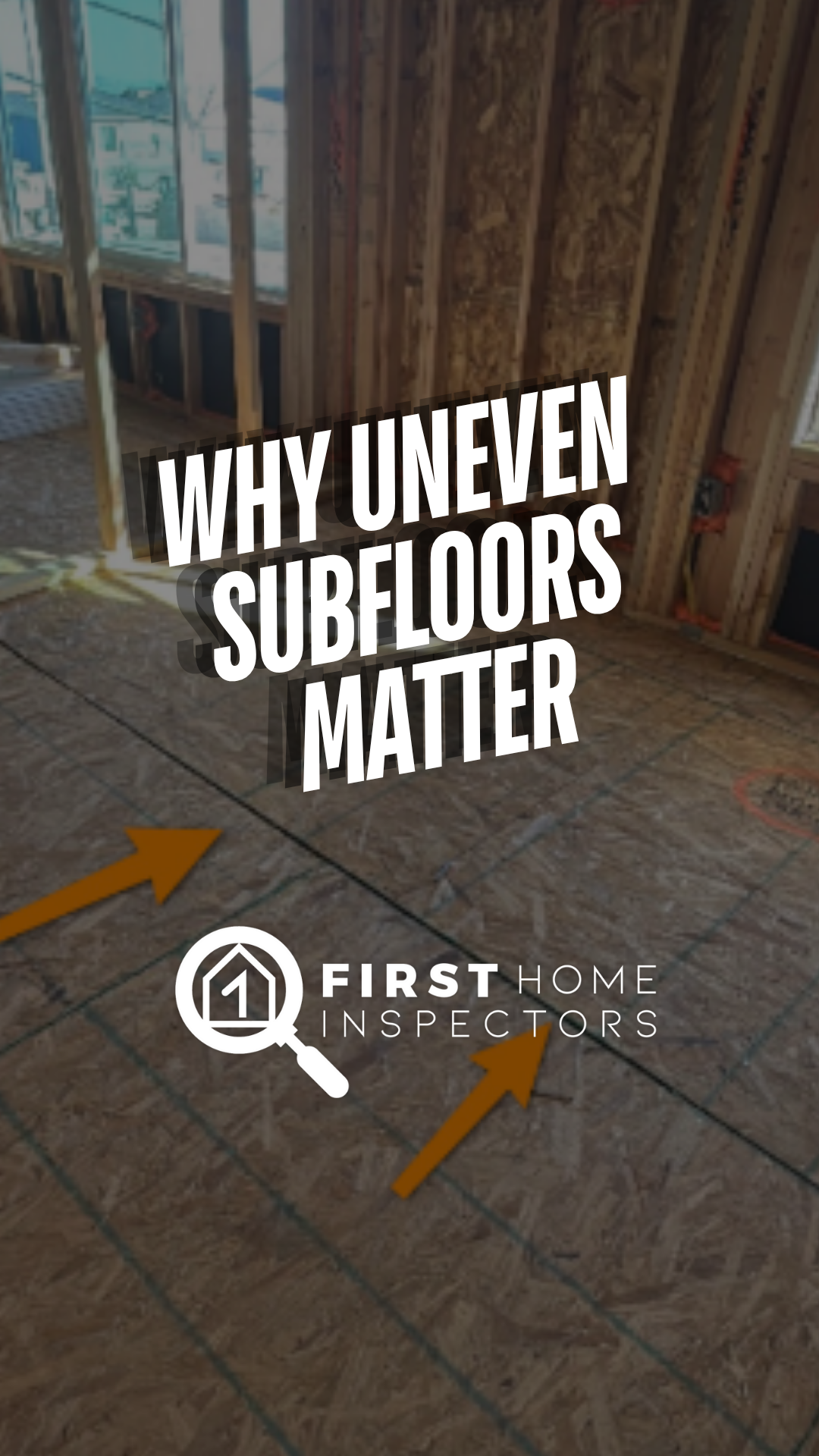Uneven Subfloor Found in a Pre-Drywall Inspection: What Homeowners Need to Know
When building a new home, a pre-drywall inspection is one of the best opportunities to catch problems before they become expensive to fix. One common issue inspectors find during this stage is an uneven subfloor. But what does this mean, and why is it important for homeowners to understand?
The subfloor is the layer of material—usually plywood or oriented strand board (OSB)—that sits directly on top of the floor joists. It acts as the base for your finished flooring, whether that's hardwood, tile, carpet, or vinyl. A level and properly installed subfloor is crucial because it ensures your flooring is stable, even, and less prone to damage over time.
Catching an uneven subfloor during a pre-drywall inspection is a critical step in ensuring your home is built correctly. It helps prevent costly repairs, flooring problems, and safety issues in the future.
Causes of Uneven Subfloors
There are several reasons a subfloor might be uneven:
Poor installation: If the subfloor panels aren’t secured correctly or joists are spaced unevenly, dips and high spots can occur.
Moisture issues: Water exposure before or during construction can cause wood to warp, swell, or shrink.
Structural problems: Uneven or sagging joists can cause the subfloor to follow the irregularities, creating bumps or dips.
Material defects: Occasionally, the subfloor panels themselves may be warped or flawed from the manufacturer.
Why Uneven Subfloors Matter
Even minor unevenness in a subfloor can lead to big problems down the line:
Flooring issues: Hardwood can gap or buckle, tile can crack, and carpet may wear unevenly.
Appliance and cabinet alignment: Kitchen cabinets and built-in appliances may sit crooked, causing doors or drawers to misalign.
Safety hazards: High or low spots can create tripping hazards, especially in areas like hallways or stairs.
Resale concerns: Future buyers or appraisers may notice uneven floors, potentially lowering your home’s value.
Addressing the Issue
If an uneven subfloor is detected, it’s much easier and cheaper to correct at this stage than after the finished floors are installed. Solutions may include:
Sanding high spots
Shimming low areas
Replacing damaged panels or joists
Correcting structural issues causing sagging
Tips for Homeowners
Have a pre-drywall inspection done: Hiring a professional to inspect your home before drywall is installed can catch subfloor and other structural issues early.
Work with your builder: If defects are found, discuss corrective actions and timelines for repair.
Document everything: Take photos and keep records for warranty purposes or future reference.
Plan flooring installation carefully: Only proceed with finished flooring once the subfloor has been corrected and leveled.
Final Thoughts
Catching an uneven subfloor during a pre-drywall inspection is a critical step in ensuring your home is built correctly. It helps prevent costly repairs, flooring problems, and safety issues in the future. Scheduling a professional inspection at this stage gives homeowners the opportunity to address defects while they are still manageable, ensuring your home’s structure and flooring are stable for years to come.
Looking to schedule a pre-drywall inspection or want to assess your home’s subfloor and major systems? Visit www.fhi-lv.com or call 702-376-9105 to book an appointment with an experienced Las Vegas home inspector.

